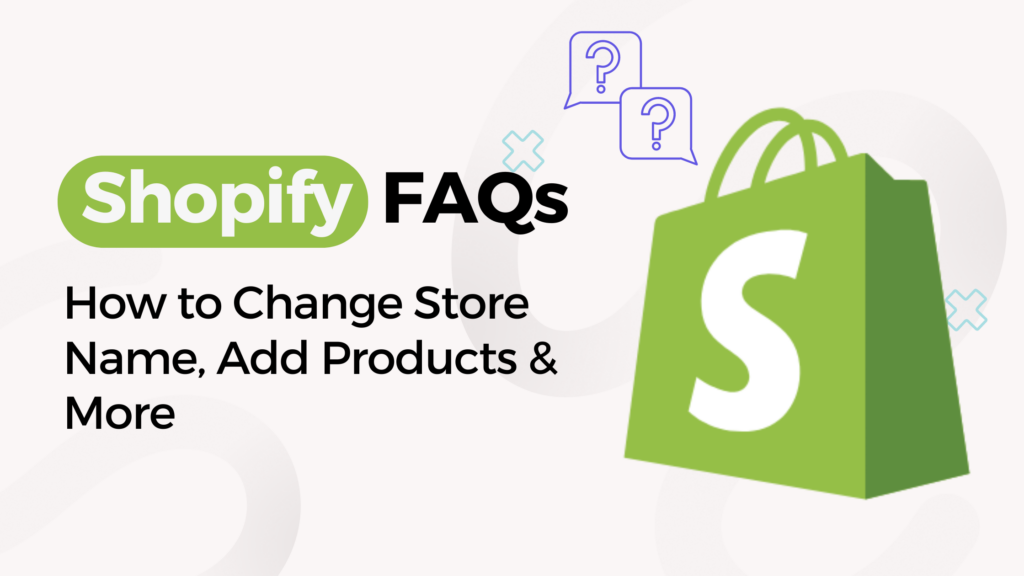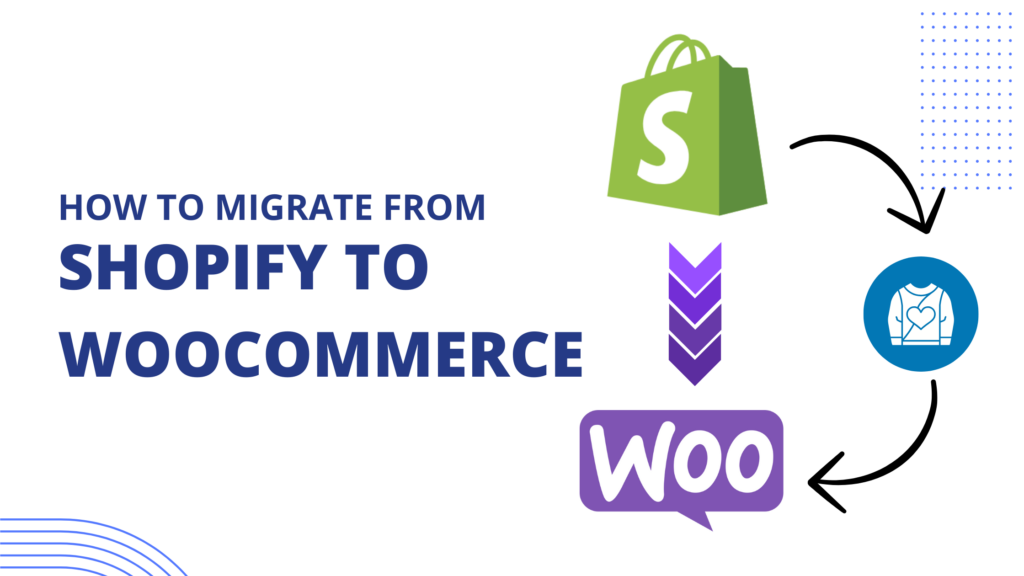Our New, Powerful API is Here
230 Suppliers + 3.5 Million Products = 1 Powerful API
For the Retailer:
Have a developer on your team? Utilize our Retailer API to pull your filtered, priced and customized supplier data. Our API gives you real-time access to full product data and inventory levels as well as allows you to create orders for fulfillment and retrieve tracking information.
Partner Integrations:
Want access to multiple retailers’ accounts as an Inventory Source Partner? Join our Partner Integration program to create an application on our platform. Being a partner allows you to authenticate with multiple retailer accounts and access all functions of the Retailer API across many users.
What is Retailer API and Partner Integration?
Retailer API and partner integration have emerged as essential tools for retailers looking to enhance their operational efficiency, expand their reach, and deliver exceptional customer experiences. By leveraging Retailer API and partnering with trusted integrators, retailers can streamline their processes, tap into new markets, and stay ahead of the competition. In this blog, we’ll delve into the significance of Retailer API and partner integration, explore their benefits, and discuss how they are transforming the retail industry.
Understanding Retailer API
Retailer API, or Application Programming Interface, serves as a bridge that facilitates communication between retailers and various third-party systems. It acts as a set of rules and protocols that allow different software applications to interact and exchange data seamlessly. Retailer API plays a crucial role in enabling retailers to share data and integrate with various partners and platforms.
Firstly, Retailer API allows retailers to share product inventory data with their partners. By utilizing product inventory APIs, retailers can provide real-time updates on product availability, stock levels, and pricing information to their suppliers, distributors, and other partners. This ensures that all parties involved have accurate and up-to-date information, reducing the risk of stockouts and inventory discrepancies.
Retailer API enables retailers to integrate with dropshipping suppliers seamlessly. Through dropshipping supplier APIs, retailers can automate order processing, shipment tracking, and inventory management, allowing for a more efficient and streamlined dropshipping process. This integration helps retailers expand their product offerings without the need for maintaining physical inventory, thereby increasing their market reach and revenue potential.
Exploring Partner Integration
Partner integration is the process of connecting a retailer’s systems with those of external partners to expand their reach and capabilities. It allows retailers to collaborate with various entities, such as suppliers, distributors, logistics providers, and marketing platforms, to streamline operations and enhance their offerings. Partner integration is essential for retailers looking to leverage external resources and expertise to improve efficiency and effectiveness.
Different types of partners play crucial roles in partner integration:
- Suppliers – Partnering with suppliers enables retailers to access a wider range of products and inventory. Integration with supplier APIs like product inventory APIs facilitates real-time updates on product availability and pricing.
- Distributors – Distributors help retailers expand their distribution channels and reach new markets. Integration with distributor APIs streamlines order management and fulfillment processes.
- Logistics Providers – Integration with logistics providers’ APIs ensures smooth shipping and delivery processes, enhancing customer satisfaction.
- Marketing Platforms – Partnering with marketing platforms enables retailers to implement targeted marketing campaigns and promotions. Integration with marketing platform APIs allows for seamless data exchange and campaign management.
Benefits of Retailer API and Partner Integration
Here are the benefits:
Improved Operational Efficiency
- Integration of product inventory API and retail inventory API allows for real-time synchronization of inventory data across systems.
- Automates processes such as inventory management, order processing, and stock replenishment, reducing manual effort and minimizing errors.
- Streamlines workflows, leading to faster order fulfillment, reduced lead times, and enhanced operational efficiency.
Expanded Product Range and Availability
- Integration with dropshipping supplier API enables retailers to access a broader range of products without the need for physical inventory.
- Partnerships with multiple suppliers through dropshipping integration provide retailers with access to diverse product catalogs and niche offerings.
- Retailers can offer a wider selection of products to customers, improving customer satisfaction and increasing sales opportunities.
Enhanced Customer Experience
- Seamless integration between systems ensures accurate and up-to-date product information, pricing, and availability across all channels.
- Enables retailers to offer omnichannel shopping experiences, allowing customers to browse and purchase products seamlessly across online, mobile, and in-store channels.
- Provides visibility into order status, shipment tracking, and delivery updates, empowering customers with real-time information and improving overall satisfaction.
Increased Sales and Revenue
- Integration with partner platforms and marketplaces expands retailers’ reach and visibility, attracting new customers and driving sales growth.
- Enables retailers to capitalize on seasonal trends, promotional opportunities, and market demand by quickly updating product offerings and pricing.
- Optimizes pricing strategies, inventory levels, and product assortment based on data insights derived from integrated systems, leading to higher conversion rates and revenue generation.
Cost Savings and Efficiency Gains
- Reduces overhead costs associated with manual data entry, inventory management, and order processing through automation and streamlined workflows.
- Minimizes stockouts, overstocks, and inventory holding costs by maintaining optimal inventory levels and improving demand forecasting accuracy.
- Maximizes resource utilization and productivity by eliminating redundant tasks and optimizing operational processes, resulting in cost savings and efficiency gains over time.
Best Practices for Successful Integration
Establish Clear Objectives and Requirements
- Define integration goals and priorities: Before embarking on integration, clearly outline what you aim to achieve. Whether it’s improving product inventory management or enhancing order fulfillment efficiency, having specific goals will guide the integration process.
- Identify key metrics for measuring success: Determine the metrics you’ll use to evaluate the success of the integration. This could include metrics like order processing time, inventory accuracy, or customer satisfaction levels.
Choose the Right Partners
- Evaluate potential partners based on their expertise, reputation, and compatibility: When selecting partners for integration, assess their experience in working with product inventory APIs and dropshipping supplier APIs. Look for partners with a solid reputation and compatibility with your business model and goals.
- Establish strong relationships and communication channels with partners: Effective communication is essential for successful integration. Foster strong relationships with your partners, and establish clear channels for communication to ensure smooth collaboration throughout the integration process.
Invest in Robust Technology and Infrastructure
- Select reliable API solutions and integration platforms: Invest in reliable API solutions and integration platforms that support seamless communication between systems. Look for features like real-time data synchronization and compatibility with retail inventory APIs.
- Ensure scalability and flexibility to accommodate future growth and changes: Choose technology and infrastructure that can scale with your business and adapt to evolving needs. This ensures that your integration remains effective as your business grows and changes over time.
Prioritize Data Security and Compliance
- Implement robust security measures to protect sensitive data: Data security is paramount when integrating systems. Implement encryption, authentication, and access controls to safeguard sensitive information exchanged through product inventory APIs and dropshipping supplier APIs.
- Stay updated on data protection regulations and compliance requirements: Keep abreast of data protection regulations, such as GDPR and CCPA, and ensure that your integration practices comply with these regulations. Regularly review and update your security protocols to maintain compliance and protect customer data.
Interested in our Retailer API or Partner Integration?
Contact our Solutions Team at solutions@inventorysource.com.


